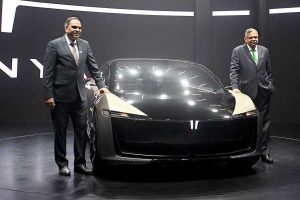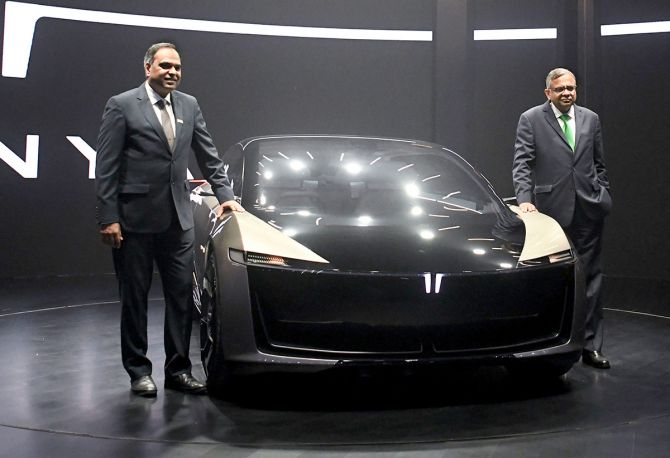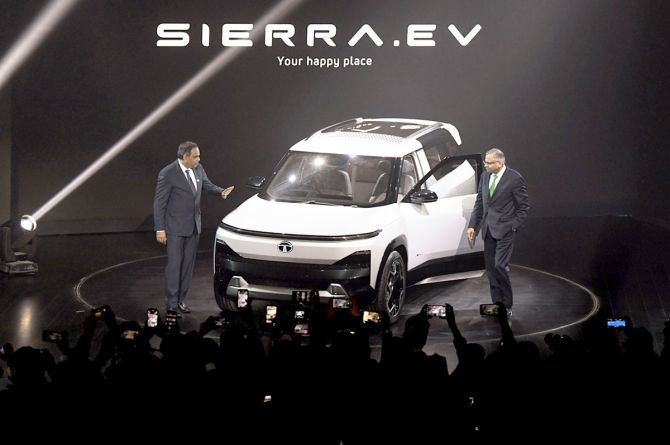Tata Motor’s Mission 2045: Electric, Flex-fuel And Hydrogen ICE

‘Battery electric, hydrogen fuel cell and hydrogen ICE, could be the three technologies which have the potential of being zero emission and that are what we will have to work on,’
After lining up an ambitious target of achieving net-zero emissions by 2045, Tata Motors said on Thursday that the company is betting big on three technologies — battery electric, hydrogen fuel cell, and hydrogen internal combustion engine (ICE) — to achieve this target.
The company is also planning to achieve a 100 per cent renewable energy goal by the end of this decade.
“Battery electric, hydrogen fuel cell, and hydrogen ICE could be the three technologies which have the potential of being emission-free. That is what we will have to work towards,” said Girish Wagh, president, Tata Motors, on the sidelines of Auto Expo 2023.
According to the plan, the 2045 target will be met by gradual increase in the use of renewable energy.
“We will get to 100 per cent renewable energy preferably by the end of this decade,” he added.
Regarding products, the year-on-year carbon dioxide (CO2) footprint reduction will be done through a mix of improving fuel efficiency of conventional fuel products, bringing in natural gas-based products and increasing the penetration of battery electric and hydrogen vehicles.
“On the product side, we have a clear road map on how we are going to reduce CO2 in the immediate, medium, and long term. To do that, we will have multiple powertrain technologies. It will include improving the fuel efficiency of conventional fuels that produce CO2 emissions. It will include moving to natural gas, which will also reduce CO2 emission. It will also include going to flex-fuel blended fuels and finally going to battery electric and hydrogen,” added Wagh.
As part of this larger goal, the company has signed two agreements with Science Based Targets initiative (SBTi), an international body that helps companies set emission reduction targets in line with climate science.
It guides companies on how quickly they need to reduce their greenhouse gas (GHG) emissions to prevent the worst effects of climate change.
At present, 2,000 organisations are part of this initiative globally.
“We have done our current GHG footprint assessment and the targets are set. There is a target being set for the reduction of CO2 footprint in the operations and reduction in the CO2 footprint of our products. There is a percentage reduction for both. We will talk about that once our SBTi submission is approved,” said Wagh.
Tata Motors has showcased 14 new products in the commercial vehicle segment across natural gas, battery electric, fuel-agnostic, hydrogen cell electric, and hydrogen cell ICE categories at Auto Expo 2023.
When asked about the readiness of the company for Phase II of Bharat Stage (BS) VI norms, Wagh said, “We are almost ready for the transition. The cost increase is going to be there, but will be less than the transition from BSIV to BSVI.”
Feature Presentation: Rajesh Alva/Rediff.com
Source: Read Full Article


